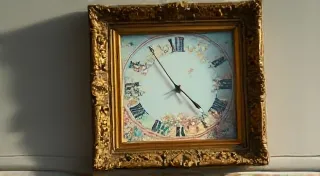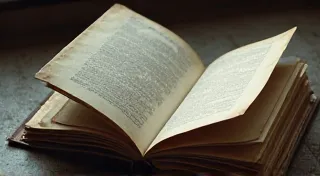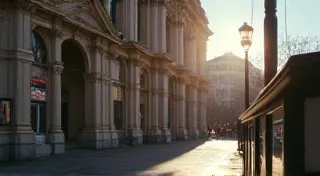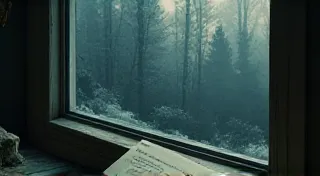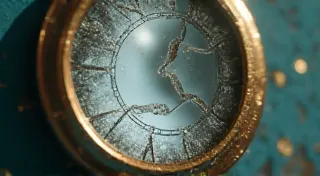The Ghost of a Journey: Unraveling the Stories Behind Abandoned Postcard Albums
There’s a particular melancholy that settles upon you when you discover an abandoned postcard album. It's more than just the dust and the fading colours; it’s the palpable sense of a life lived, a story interrupted, and a journey left untold. These aren't pristine collections, meticulously curated and safely stored. They are remnants, forgotten treasures, whispering echoes of times gone by.
I recently came across just such an album at a small antique shop tucked away in a sleepy New England town. It wasn’t prominently displayed. It sat beneath a pile of chipped china and tarnished silverware, almost deliberately obscured. The cover, once a vibrant blue, was now bleached and frayed, the gilded lettering almost entirely rubbed away. It felt like it was waiting – waiting to be rediscovered, waiting to tell its story.
Whispers of a Lost Traveler
Opening the album was like stepping into a time capsule. The postcards weren’t arranged chronologically or geographically. They seemed to be scattered, almost haphazardly, as if placed there by someone with diminishing focus. Many were addressed, but the names and locations were often obscured by water damage or the relentless march of time. A few, however, revealed tantalizing glimpses into the life of the album’s previous owner.
One card, depicting the majestic Matterhorn in Switzerland, was addressed to "Evelyn, 12 Elm Street, Providence." Another, a sepia-toned photograph of the Eiffel Tower, bore a handwritten message: "Wishing you were here, my dear. Paris is simply divine." The handwriting was elegant, cursive – the kind of penmanship that feels so rare in our age of digital communication. It hinted at a woman of refinement and a keen appreciation for beauty.
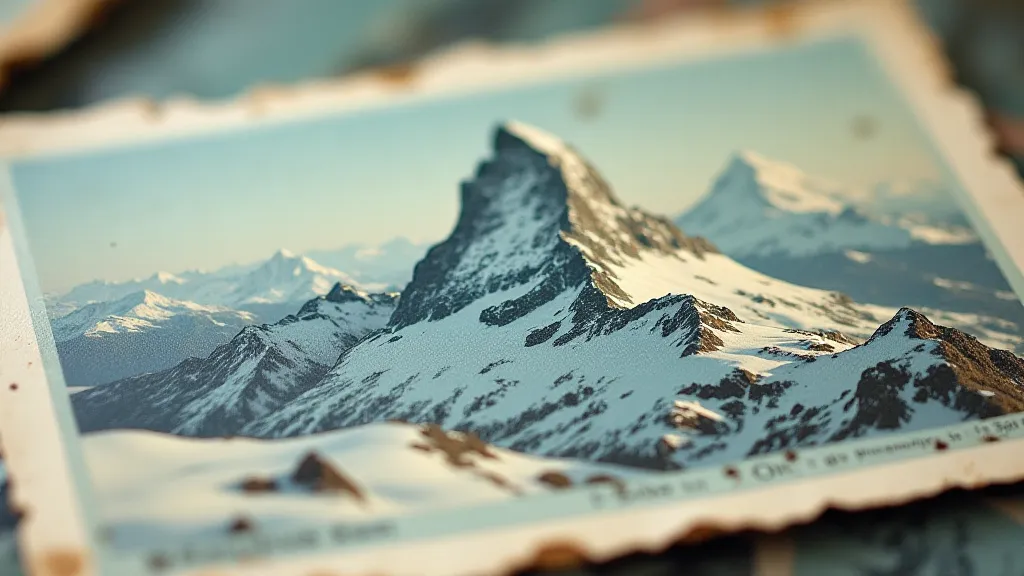
The postcards themselves were fascinating artifacts. Many were from the early 50s and 60s, the golden age of travel. They showcased places that felt both familiar and utterly foreign, places seen through the optimistic lens of a post-war world. The artistry was remarkable. Unlike many modern postcards, these were often tactile objects; thick, embossed card stock, intricate lithography, and vibrant (though now faded) colours. The craftsmanship speaks volumes about the care and attention given to even seemingly small items.
The sheer variety of locations was staggering. From the canals of Venice to the bustling streets of Tokyo, the postcards painted a picture of a life well-traveled. It made me wonder about Evelyn – was she a seasoned adventurer, a restless soul yearning for new experiences? Or was she perhaps simply a woman capturing moments to share with loved ones, creating a tangible record of her journeys?
The Significance of a Simple Card
Vintage postcards, especially those found in collections like this, are more than just pretty pictures. They are miniature windows into history. They offer a glimpse into the evolution of travel, the changing face of cities, and the language of communication. Before email and social media, postcards were the primary way to share experiences across distances. They were tangible reminders of adventures, tangible expressions of love and longing.
The addresses themselves tell a story. The postmarks, the stamps – they’re all fragments of a larger narrative. A faded Belgian stamp, for example, might suggest a stopover on a journey to the continent. A handwritten message, even if brief, can reveal a wealth of information about the sender’s personality and their relationship with the recipient.
Consider the impact of postcards on the lives of those who received them. Imagine the joy of receiving a card from a faraway place, a tangible connection to someone you loved. It’s easy to dismiss these seemingly insignificant pieces of cardboard as mere souvenirs, but they were often so much more. They were touchstones, reminders of cherished memories, and symbols of enduring connections.
Speculations and the Weight of Absence
Of course, there's a profound sadness inherent in finding an abandoned collection. Why was this album left behind? What happened to Evelyn? Did she ever return to 12 Elm Street? Did she ever share these memories with anyone?
It’s tempting to construct elaborate narratives, to imagine the circumstances that led to the album’s abandonment. Perhaps Evelyn passed away, and her family simply forgot about the collection. Or maybe she moved away, started a new life, and left her old memories behind. Perhaps it was simply a matter of downsizing, of shedding possessions in the relentless pursuit of minimalism. Whatever the reason, the absence speaks volumes.
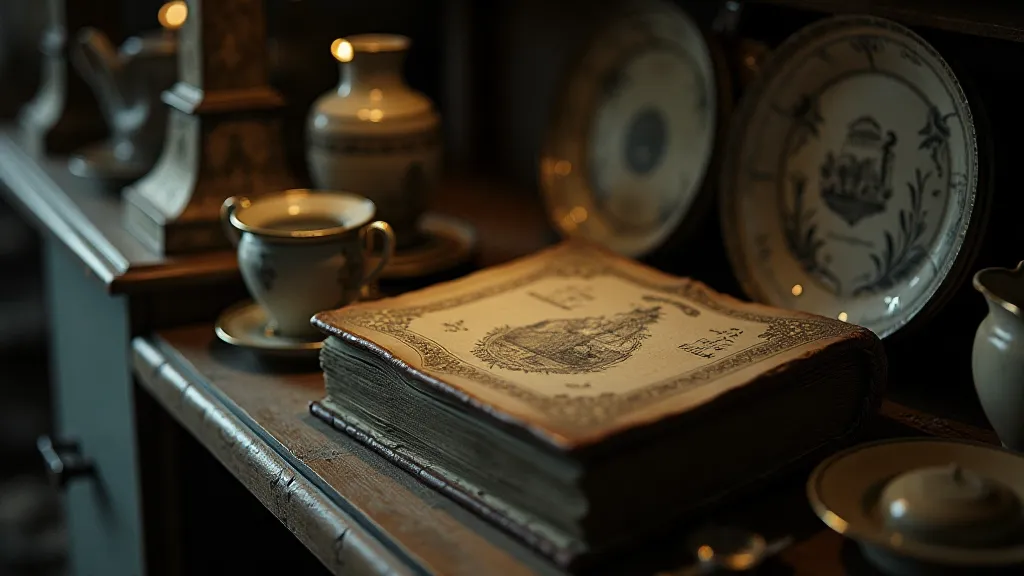
This discovery has ignited a renewed appreciation for the stories embedded in ordinary objects. It's a reminder that every item, no matter how seemingly insignificant, carries a history, a connection to the past.
Preserving Memories – A Gentle Approach
If you happen to come across a vintage postcard collection, handling it with care is paramount. The acid content in older paper can cause deterioration, and excessive handling can further damage the cards. Gentle cleaning with a soft brush and archival-quality storage materials are essential for preservation. It's rarely advisable to attempt extensive restoration; often, the imperfections and signs of age are what make these collections so uniquely evocative.
Digitization can also be a worthwhile endeavor. Creating digital copies of the postcards not only preserves them for future generations but also allows for easy sharing and research. However, be sure to use high-resolution scanning and appropriate file formats to ensure the integrity of the images.
The journey of a vintage postcard album is a poignant one – a testament to the enduring power of human connection and the fleeting nature of time. It's a ghost of a journey, a whisper of a life, waiting to be rediscovered and cherished.
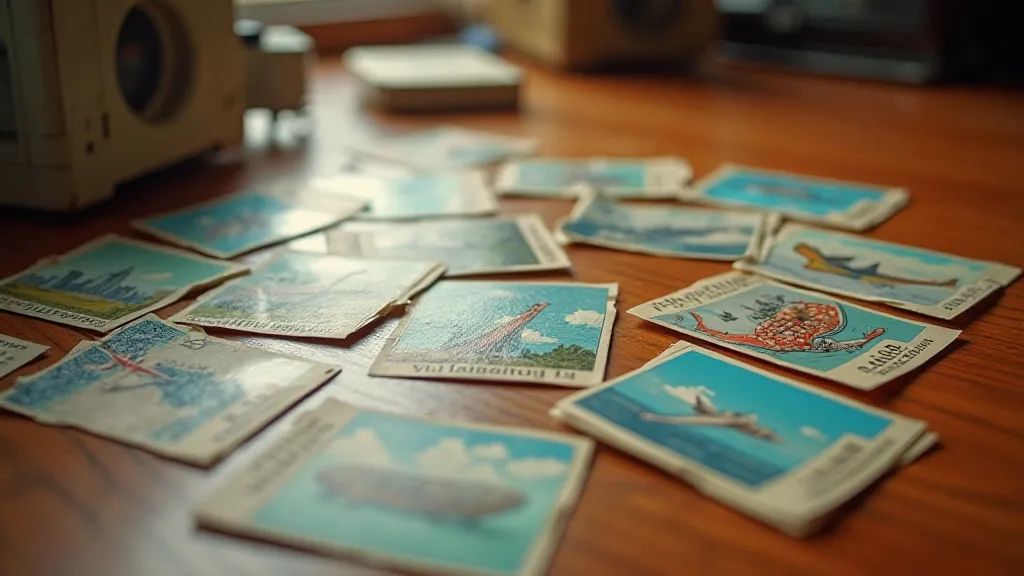
Perhaps, by unearthing these forgotten treasures, we can keep the memories of those who came before us alive, one postcard at a time.
